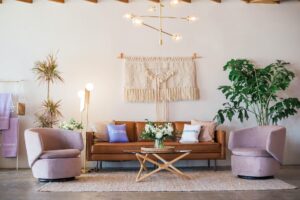Color plays a pivotal role in home decor, shaping the ambiance, mood, and overall aesthetics of a living space. From the paint on your walls to the choice of furniture and accessories, every element contributes to the color palette of your home. Understanding the psychology of color and its impact on our emotions and well-being can help you create a harmonious and inviting environment. In this article, we will explore the significance of color in home decor and how different colors can influence your living space.
The Psychology of Color
Before diving into specific color choices, it’s essential to understand the psychological effects of color. Different colors can evoke various emotions and feelings, and this knowledge can be harnessed to create the desired atmosphere in your home.
Red
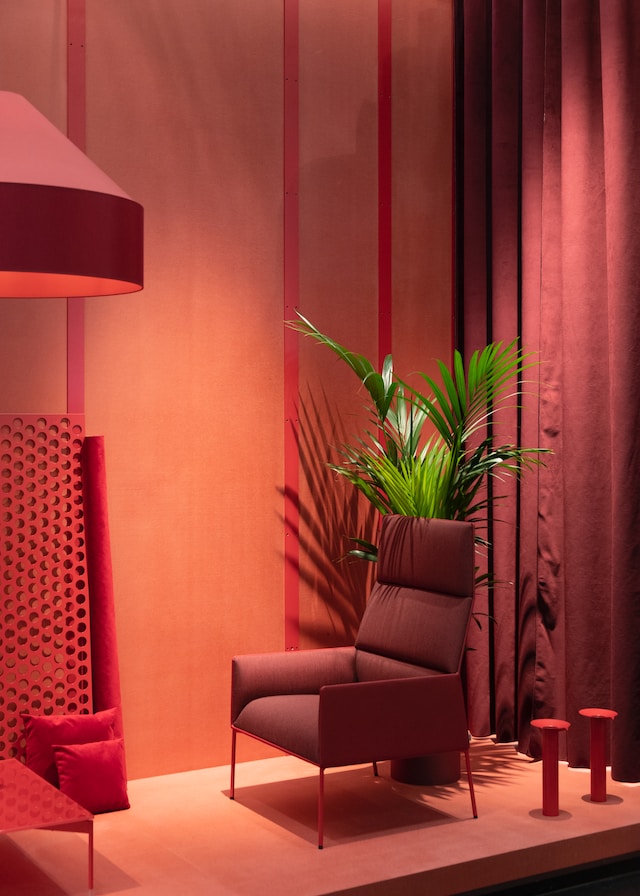
This bold and energetic color is associated with passion, warmth, and love. It can make a room feel cozy and intimate but should be used sparingly, as excessive red can be overwhelming.
Blue
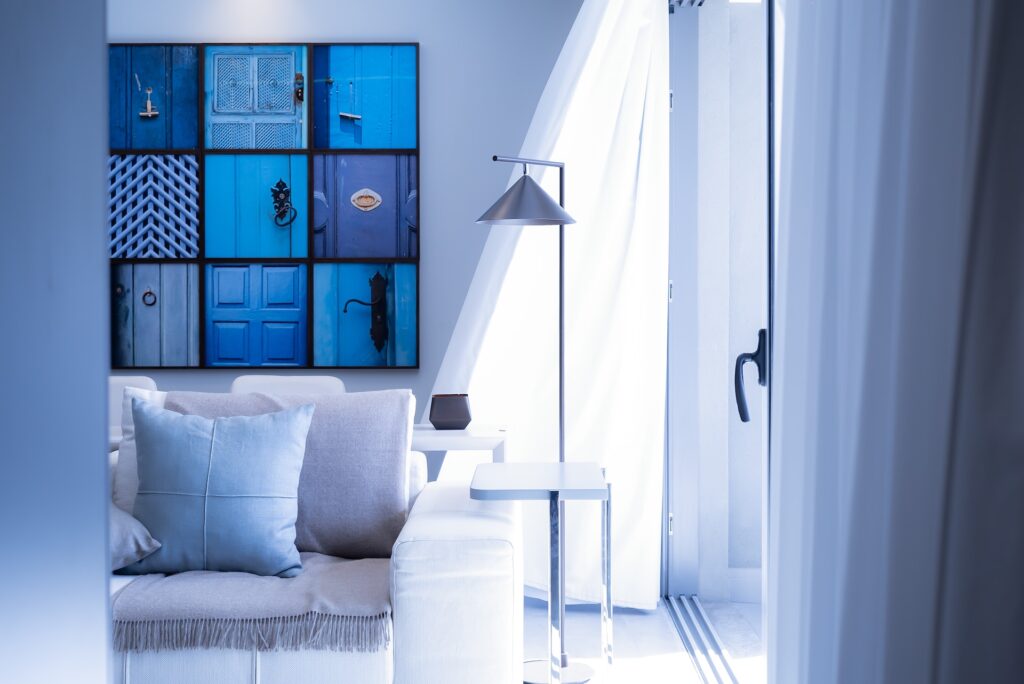
Blue is known for its calming and serene qualities. It can create a sense of tranquility and is an excellent choice for bedrooms and bathrooms.
Yellow
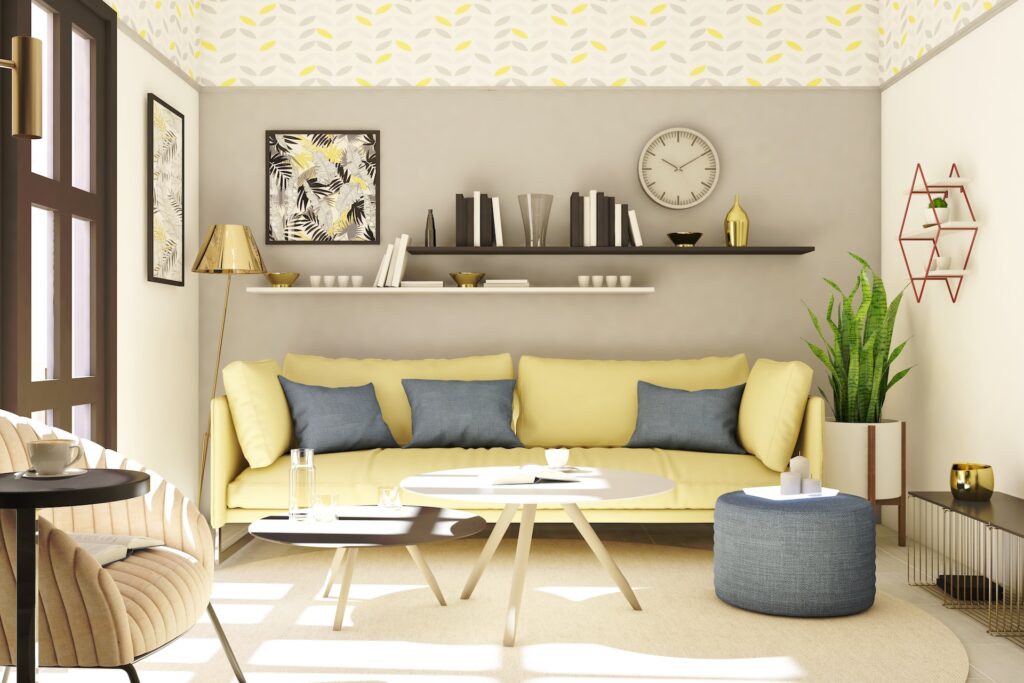
Yellow is associated with happiness and optimism. It can add a touch of cheerfulness to any room, making it a great choice for kitchens and living rooms.
Green

Green is often linked to nature and represents growth and balance. It can create a sense of harmony and is ideal for both indoor and outdoor spaces.
Purple
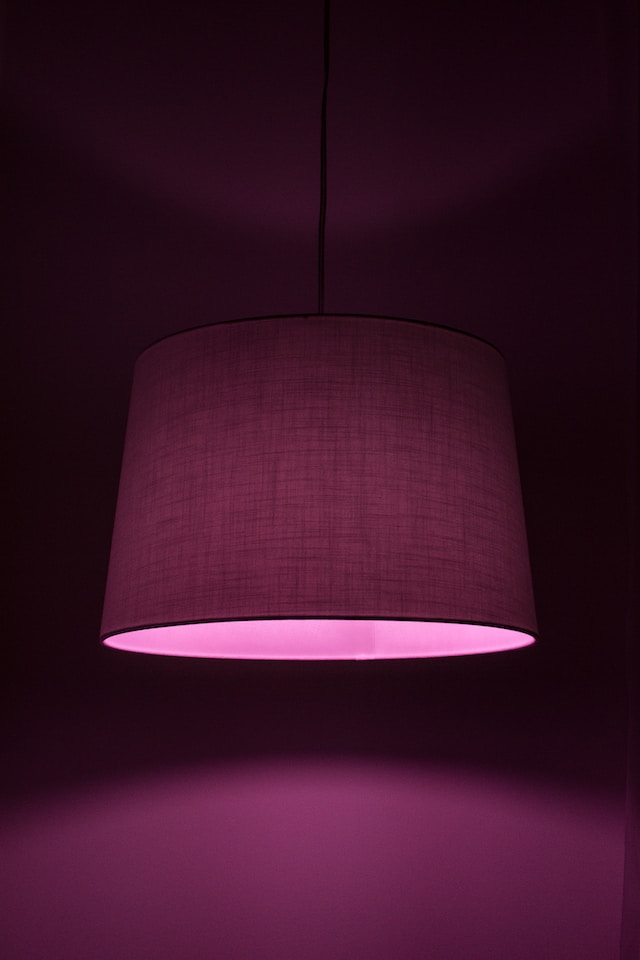
Purple is a symbol of luxury, creativity, and spirituality. It can add a sense of opulence to your decor when used in moderation.
Gray

Gray is a versatile and neutral color that can be both elegant and sophisticated. It serves as an excellent backdrop for other colors, allowing them to stand out.
White
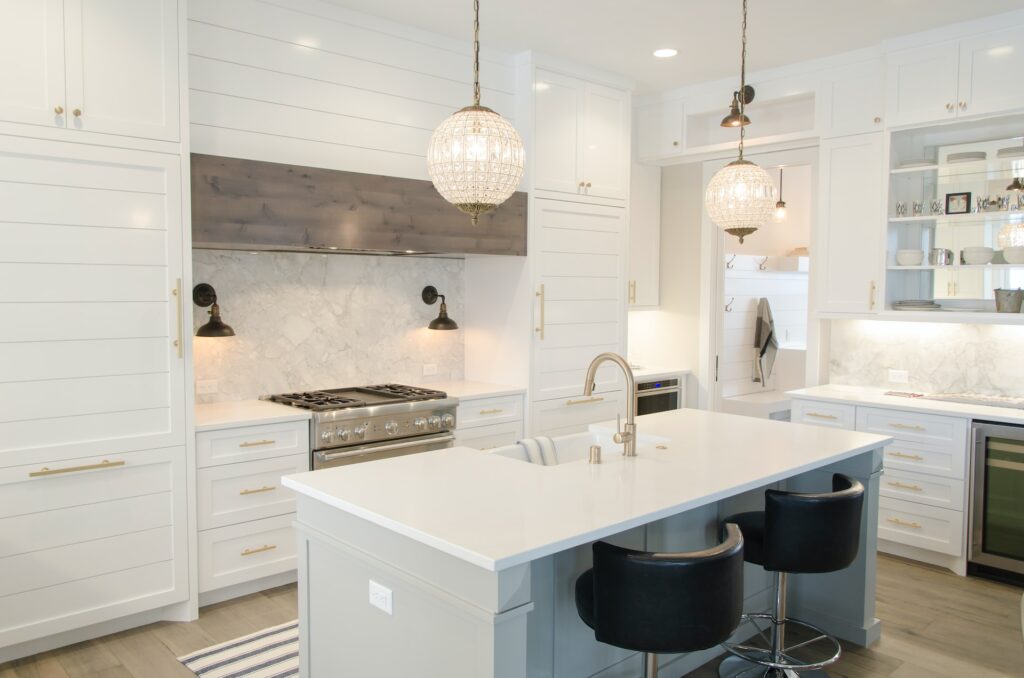
White represents purity and simplicity. It can make a room feel clean, airy, and open but may require careful maintenance to keep it looking pristine.
Black

Black is often associated with sophistication and drama. When used judiciously, it can add depth and contrast to your decor.
Color Schemes
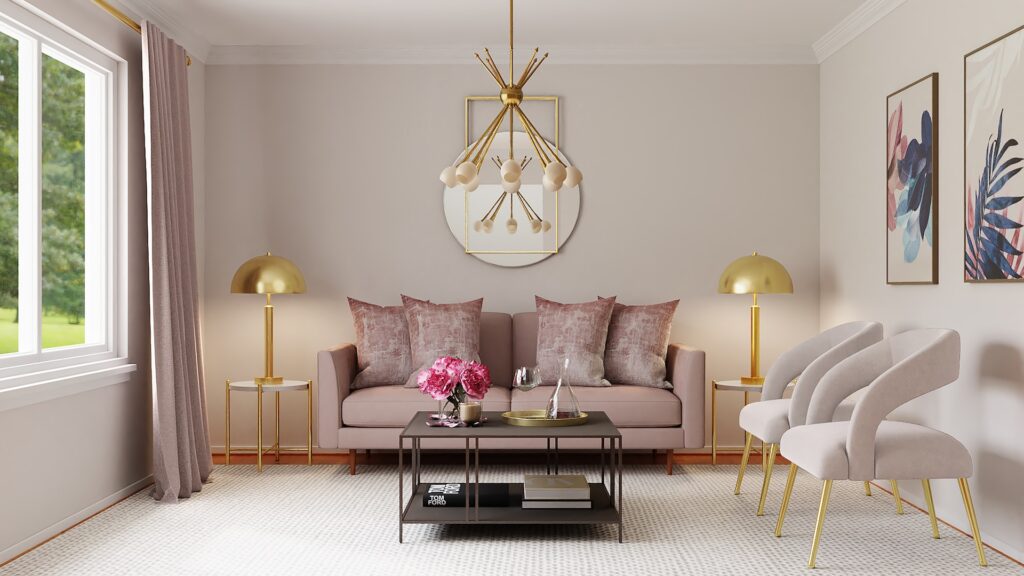
Now that we have an understanding of the psychological aspects of color, let’s explore different color schemes and their impact on home decor.
Monochromatic
This color scheme uses various shades and tints of a single color. It creates a harmonious and soothing atmosphere. For instance, a room in varying shades of blue can be both calming and aesthetically pleasing.
Complementary
Complementary colors are opposites on the color wheel, like red and green or blue and orange. When used together, they create a vibrant and dynamic contrast. However, it’s essential to strike a balance to avoid overwhelming the space.
Analogous
Analogous colors are adjacent on the color wheel, such as blue, green, and teal. This scheme offers a subtle and harmonious blend of colors, making it a great choice for a relaxing environment.
Triadic
Triadic color schemes use three colors evenly spaced around the color wheel, creating a well-balanced and visually appealing decor. For instance, red, yellow, and blue can create a vibrant and energetic atmosphere.
Using Color in Different Rooms
Now, let’s explore how to use color in various rooms of your home:
Living Room
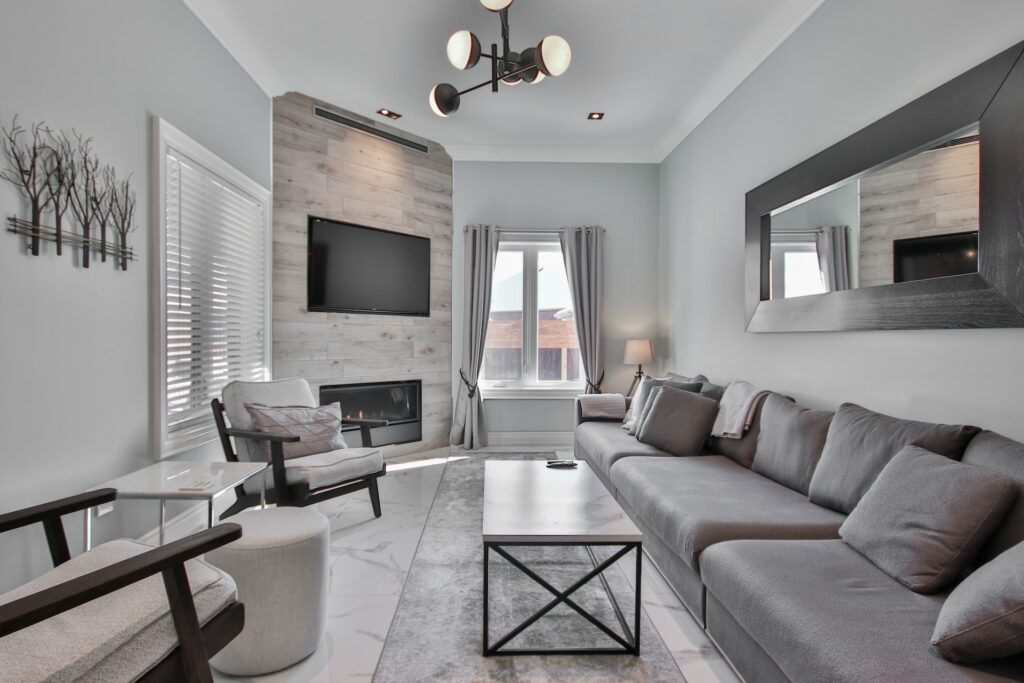
The living room is a space for relaxation and socializing. Consider warm and inviting colors like earthy tones, soft blues, or shades of green. These colors encourage comfort and conversation.
Kitchen
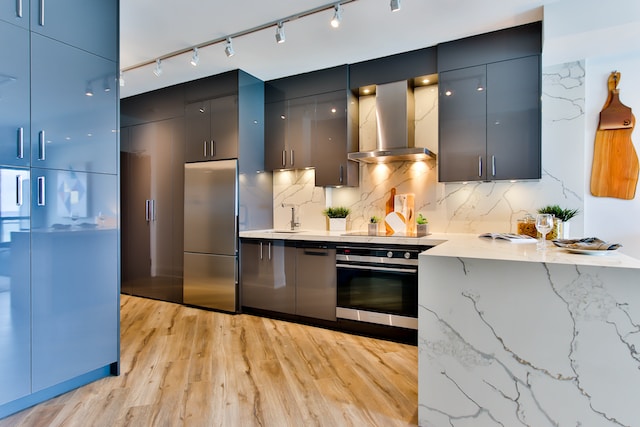
Kitchens can benefit from bright and cheerful colors like yellow and light green. These hues stimulate appetite and create an energetic atmosphere.
Bedroom
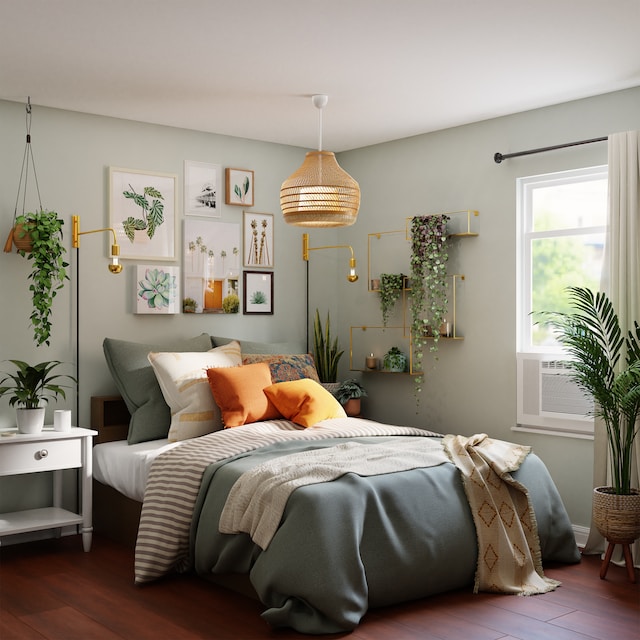
Bedrooms should be calming and restful. Opt for soothing colors like soft blues, gentle greens, or muted purples to promote relaxation and sleep.
Bathroom
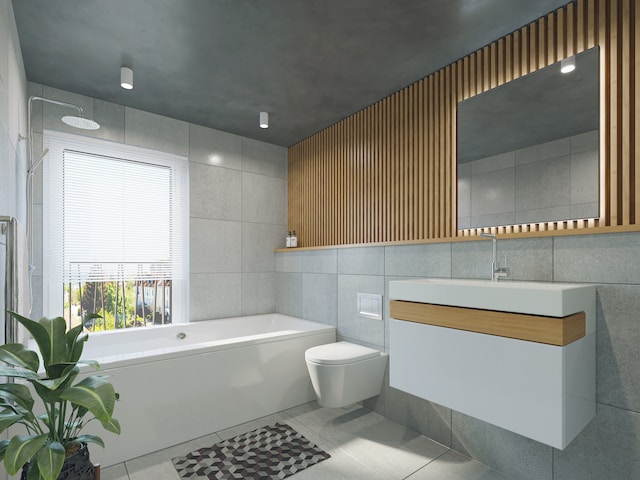
Light and airy colors work well in bathrooms. Whites, pale blues, or soft grays can create a clean and refreshing ambiance.
Home Office

In a home office, you’ll want to foster productivity and focus. Consider using shades of blue or green to create a calm and conducive workspace.
Dining Room
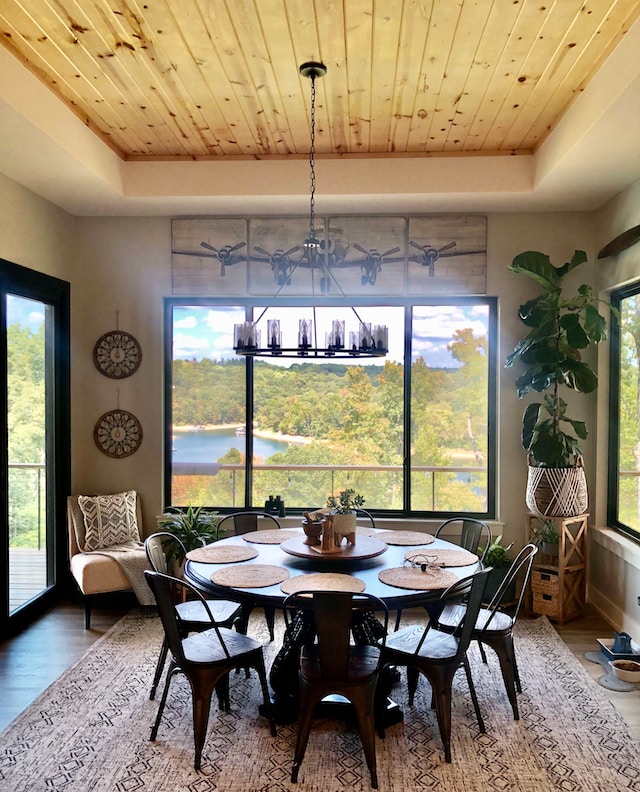
Dining rooms are often used for entertaining. Deep reds, rich browns, or elegant purples can create a warm and inviting atmosphere for gatherings.
Color is a powerful tool in home decor, allowing you to shape the mood and atmosphere of your living space. By understanding the psychology of color and selecting the right color schemes for different rooms, you can create a harmonious, inviting, and aesthetically pleasing home. Whether you’re looking to create a cozy bedroom, a vibrant living room, or a tranquil bathroom, the right colors can transform your space and enhance your overall well-being. So, don’t underestimate the power of color when it comes to decorating your home.


